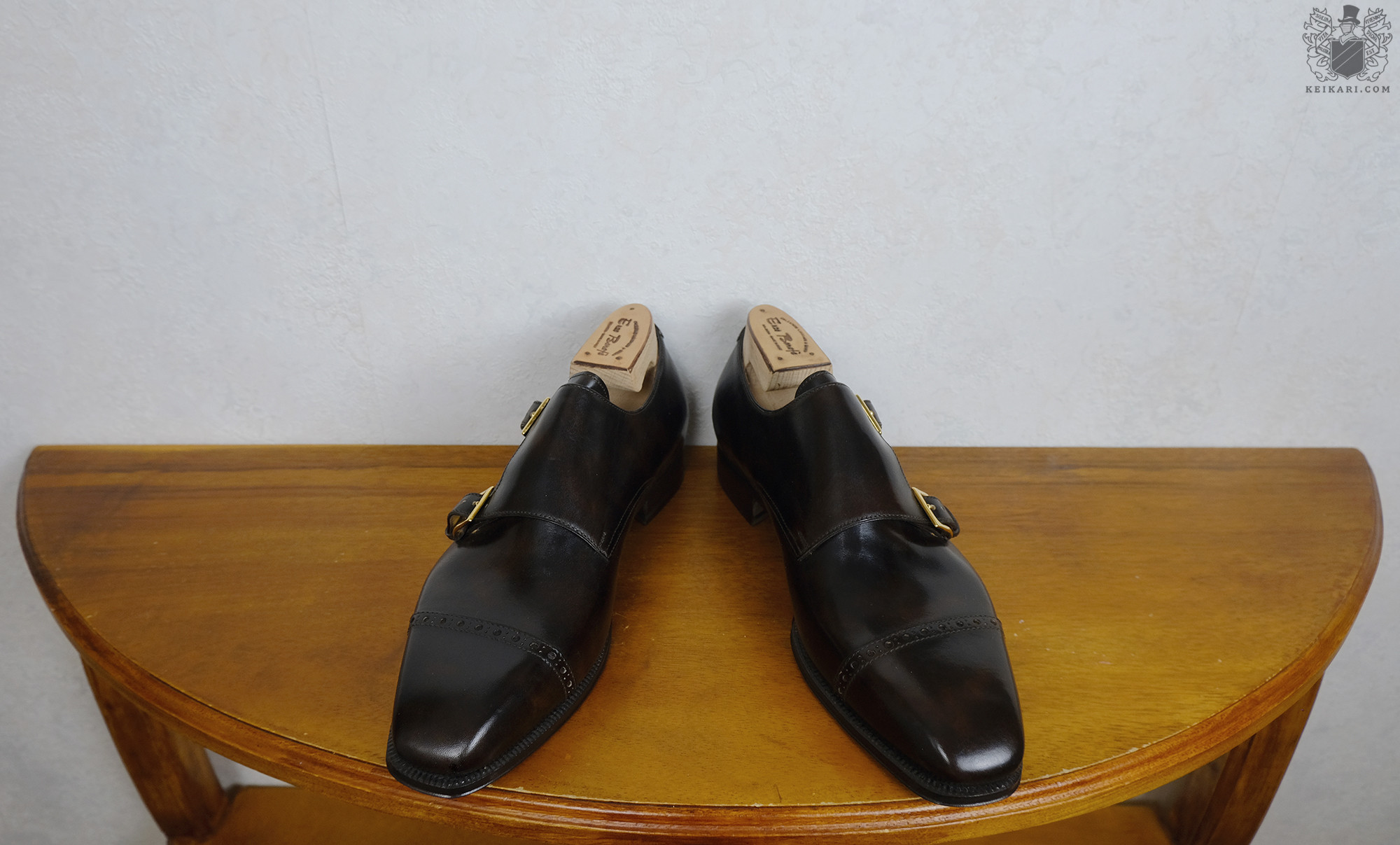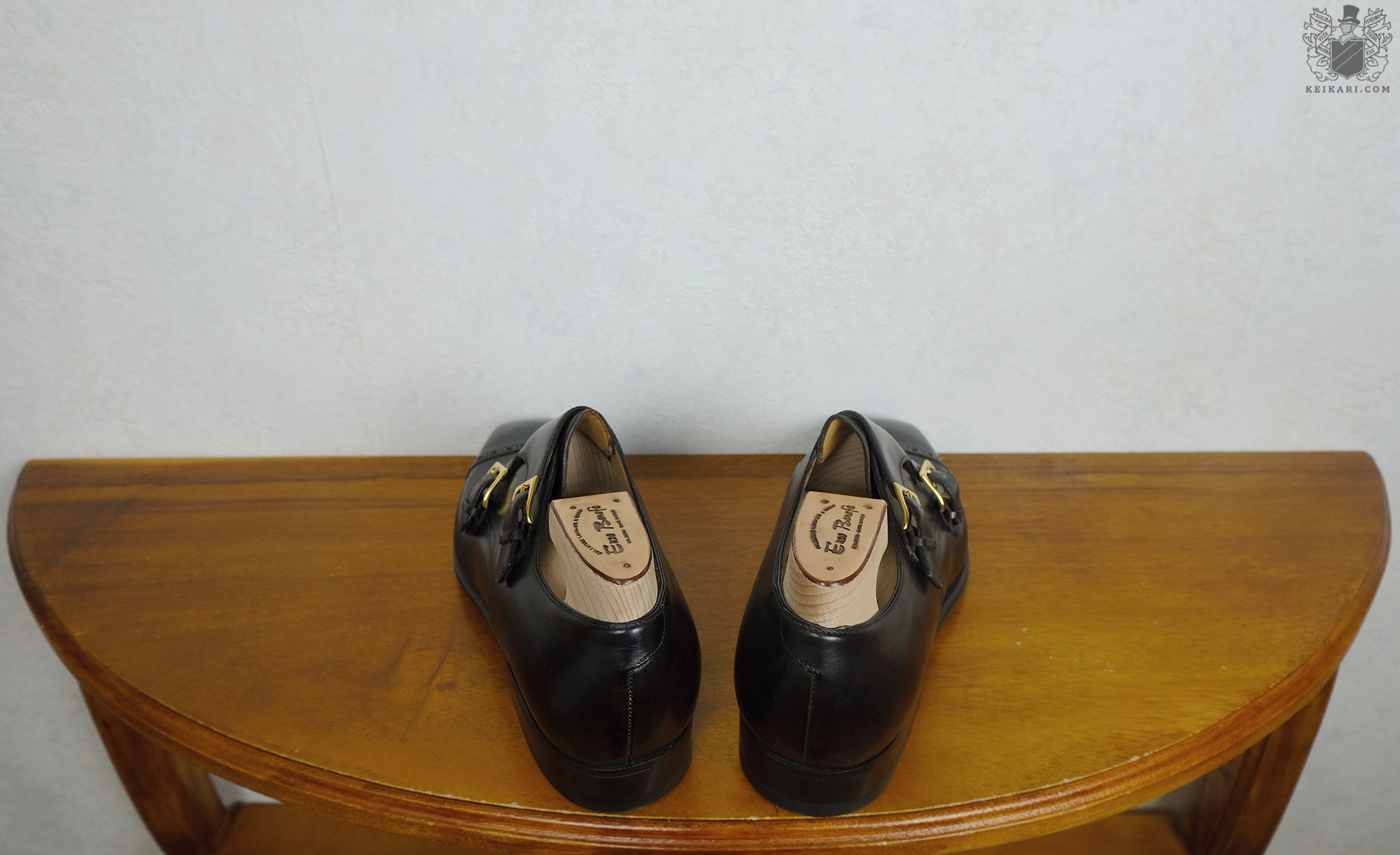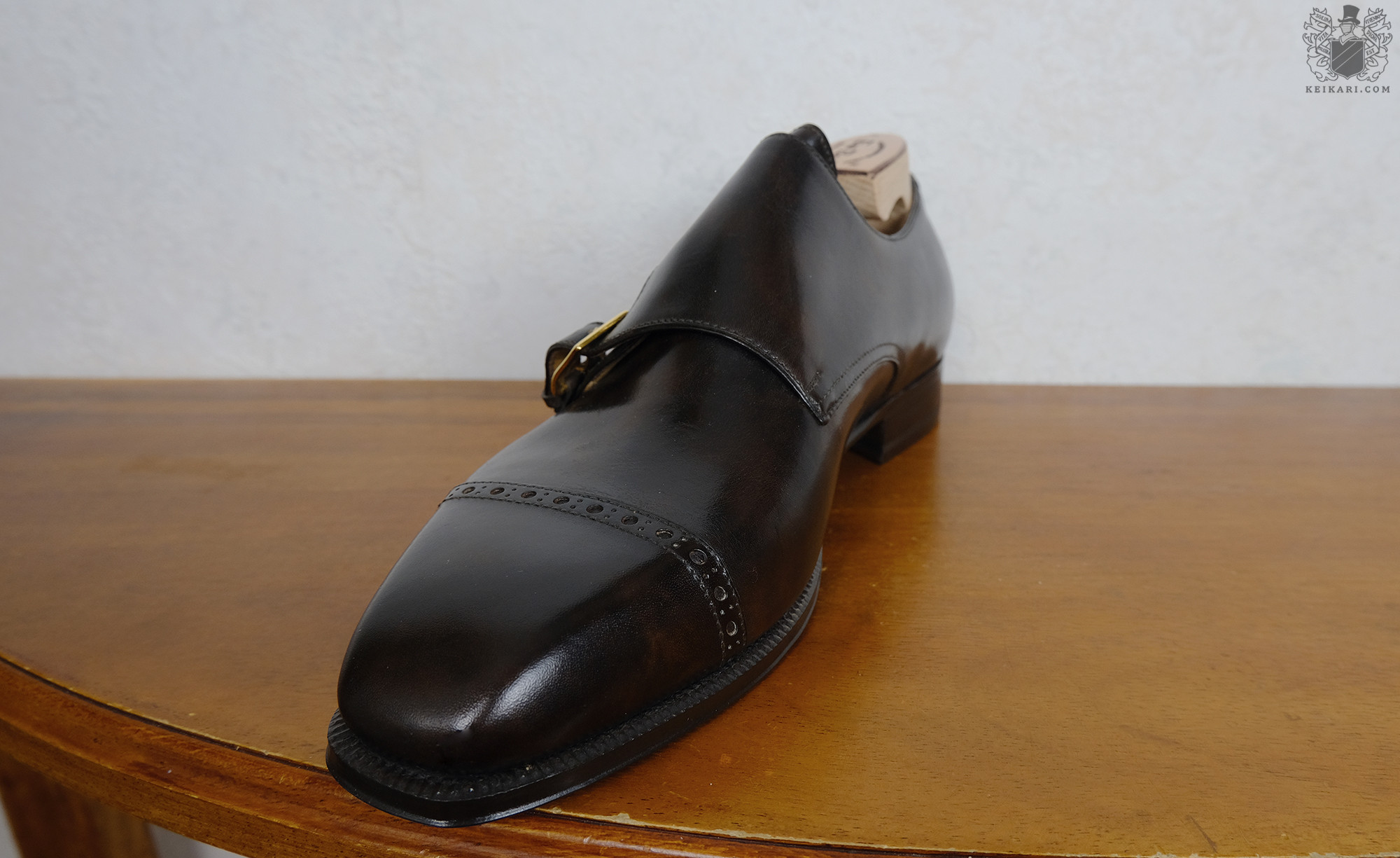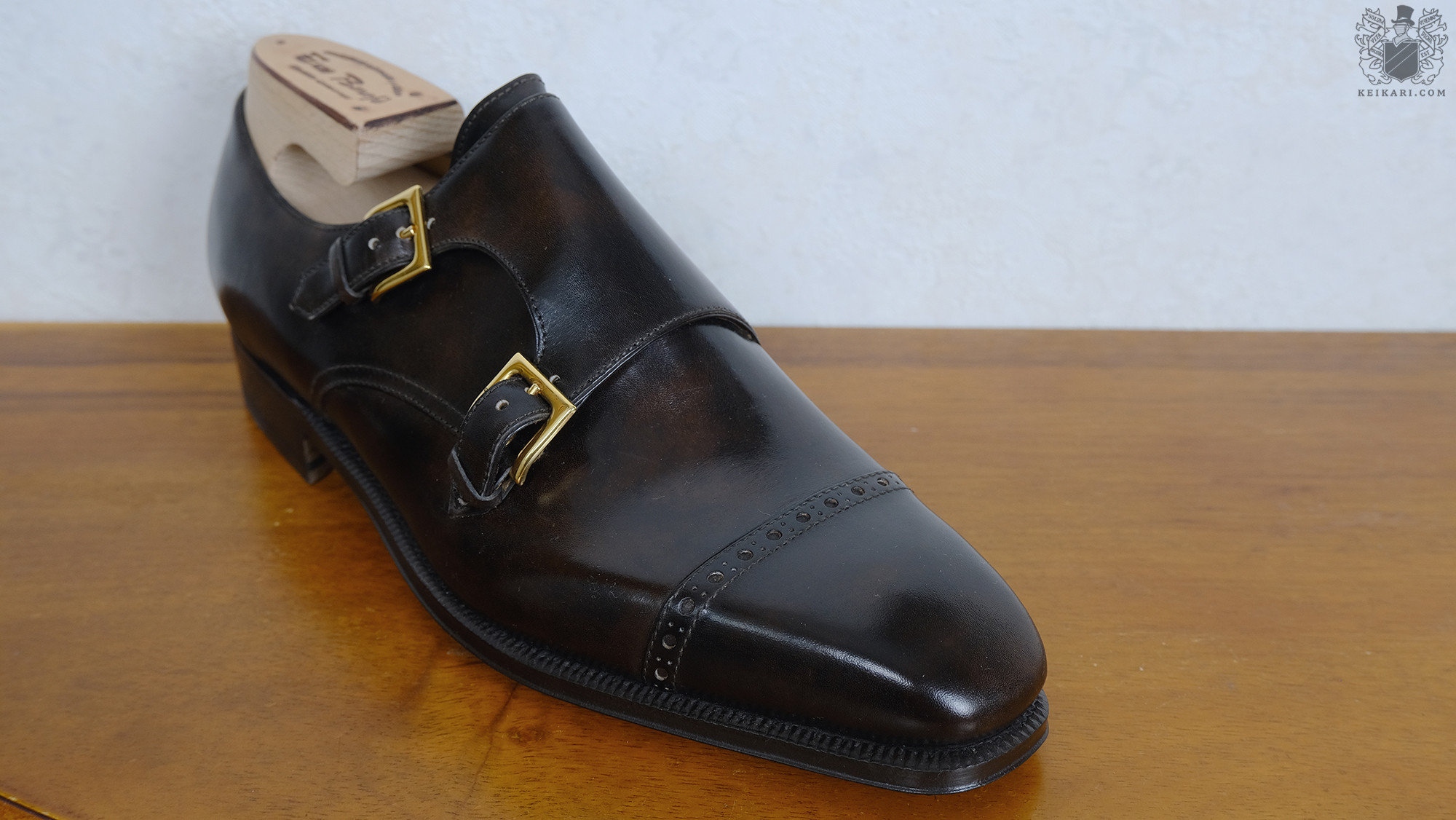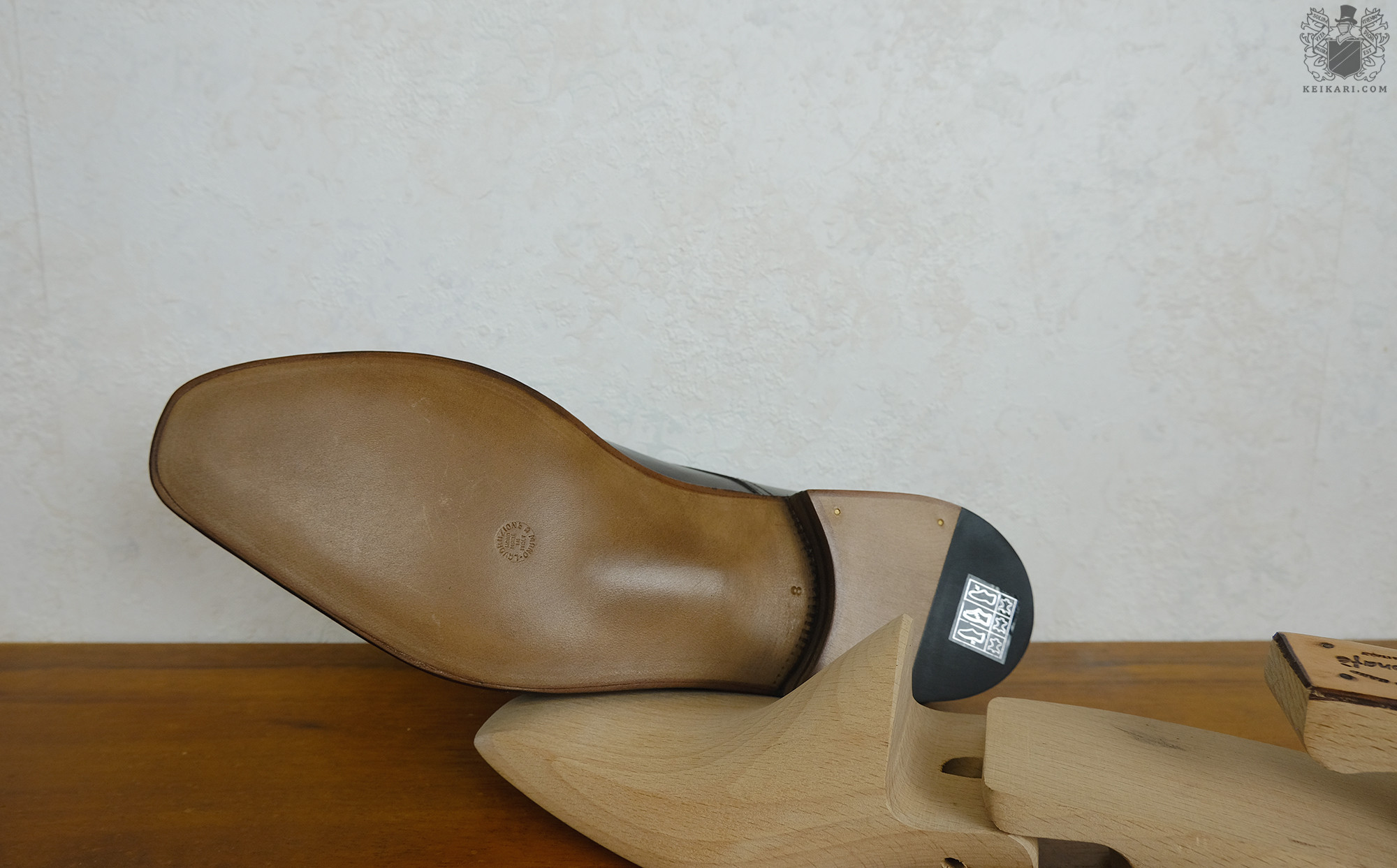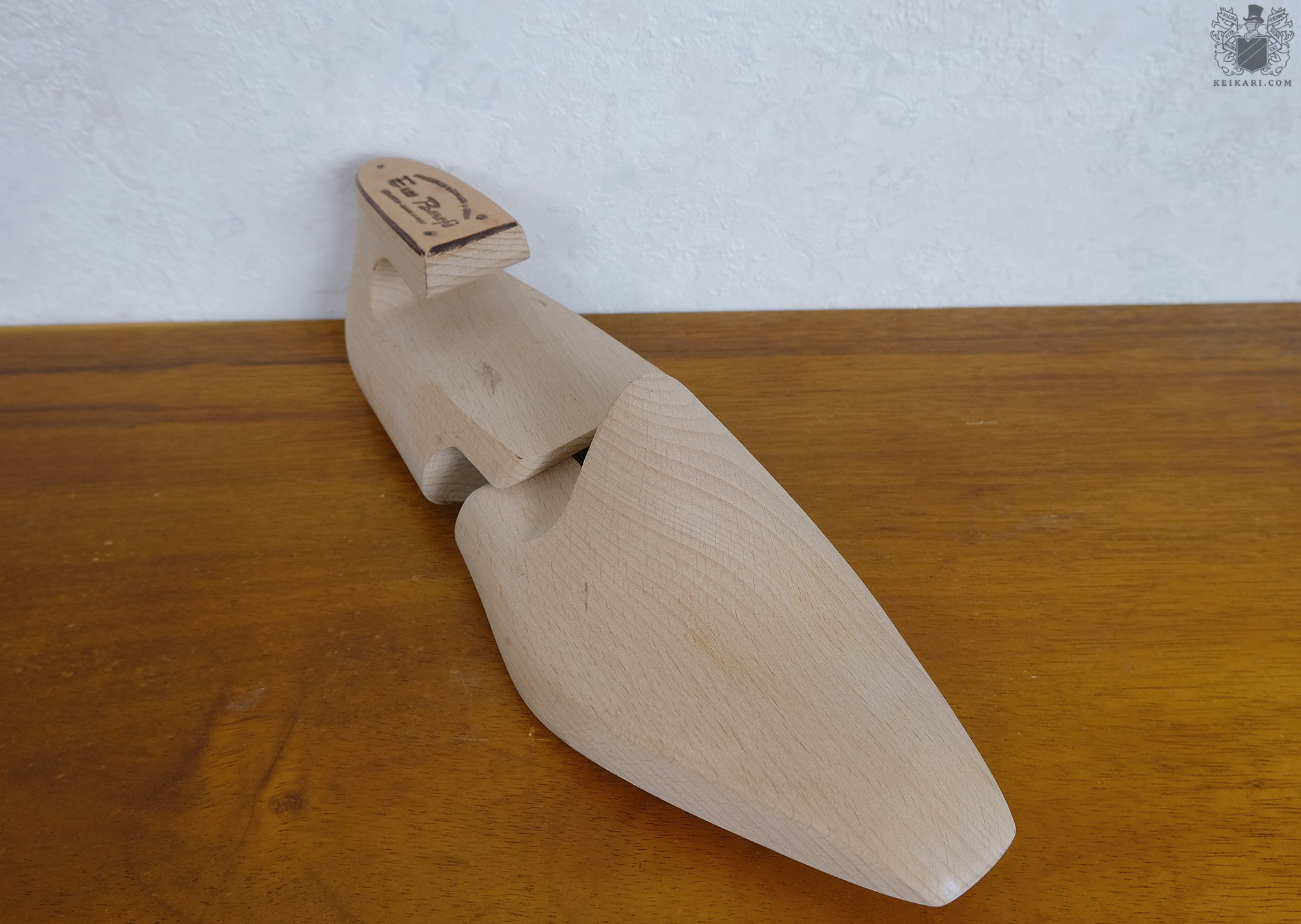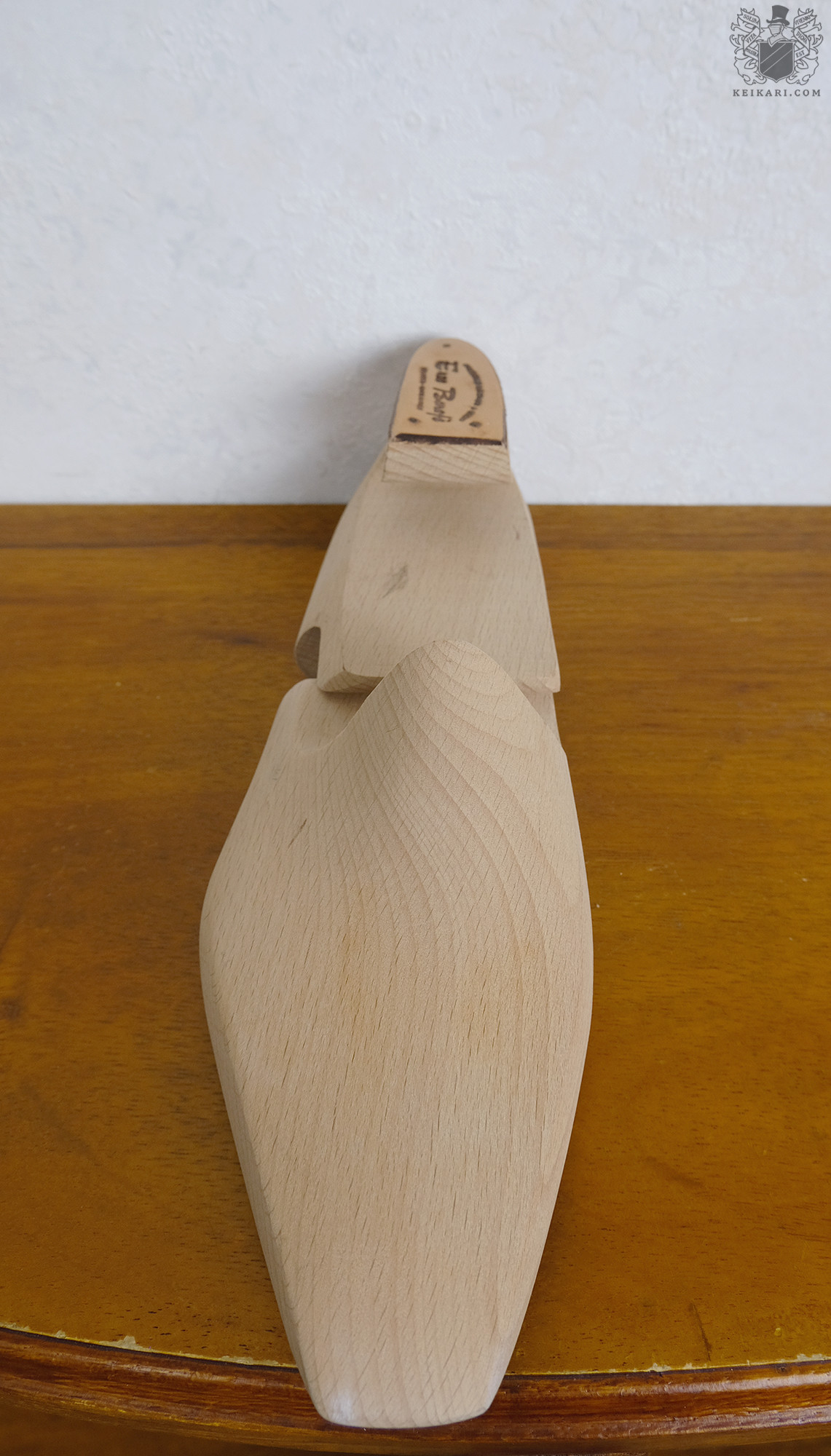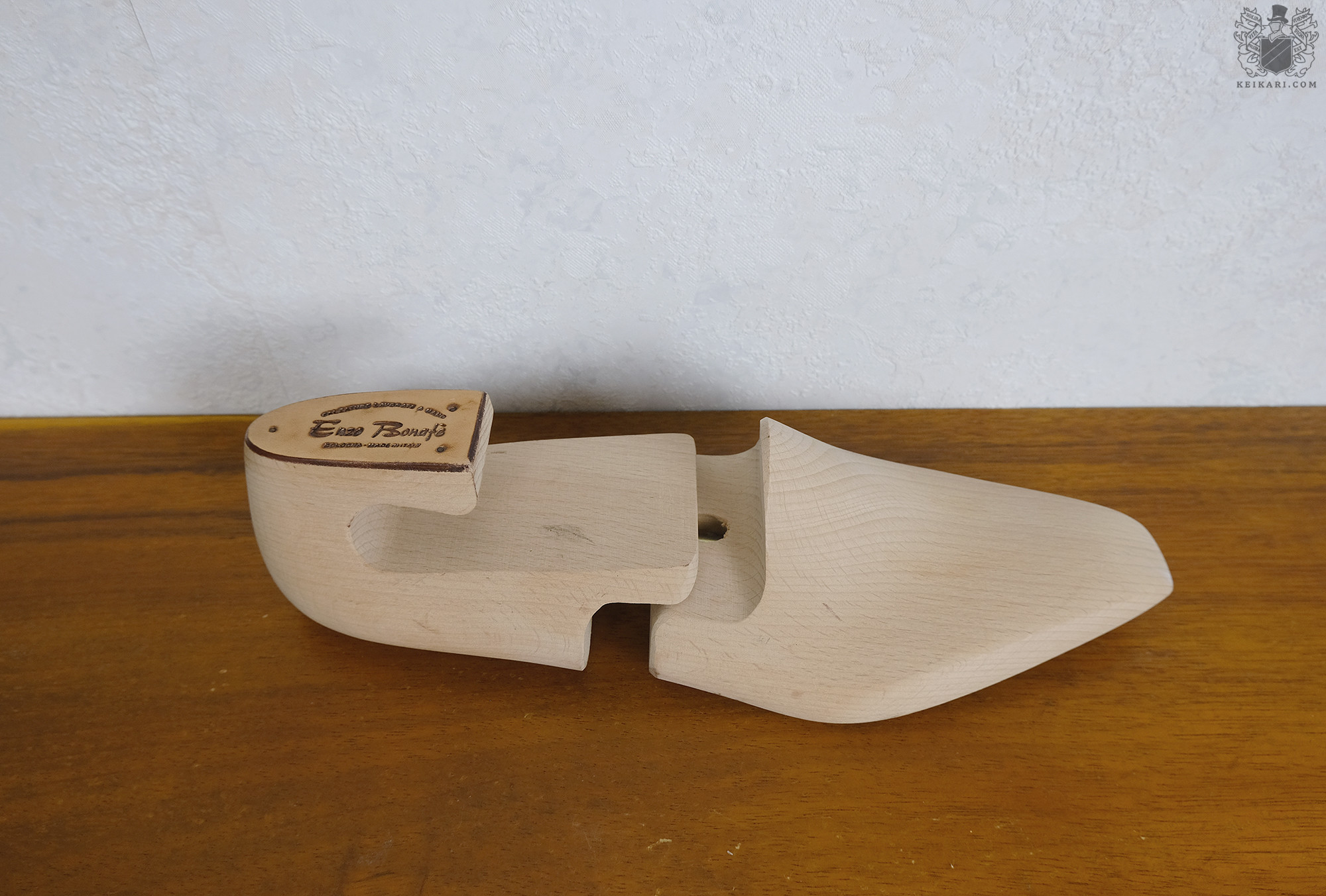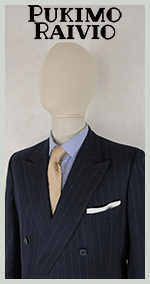Pukimo Raivio: Men’s Used Quality Clothing and Tailoring
1February 16, 2025 by Ville Raivio
My long-time readers must have noticed the lack of updates. There have been no laurels to rest on, rest assured, as I’ve set up a company and a web store called Pukimo Raivio. The store has finally been translated into English and I ship inside the EU currently. My store’s premise is simple: very good tailoring interests enough men, but remains costly and with limited availability. Buying them used solves many obstacles. I’ve been at it for myself for some 17 years now, so it was high time to serve others.
 Pukimo Raivio, or Clothier Raivio, is a web store which specialises in men’s high quality, traditional clothing. This means no skinny cuts, bum jackets or pieces made in dubious factories. European makers are favoured as well as full canvas jackets and suits. The company has no retail space or high expenses, so the prices can be kept low. The range varies according to what I find used or what my readers list on their sales accounts. All clothes are cleaned with a steamer, trousers pressed, shirts washed, and so on, before listing.
Pukimo Raivio, or Clothier Raivio, is a web store which specialises in men’s high quality, traditional clothing. This means no skinny cuts, bum jackets or pieces made in dubious factories. European makers are favoured as well as full canvas jackets and suits. The company has no retail space or high expenses, so the prices can be kept low. The range varies according to what I find used or what my readers list on their sales accounts. All clothes are cleaned with a steamer, trousers pressed, shirts washed, and so on, before listing.
My company’s list of favoured makers:
- Alden
- Alfred Sargent
- Allen-Edmonds
- Barbour
- Belvest
- Beretta
- Berg&Berg
- Blarney
- Borrelli
- Brioni
- Brooks Brothers
- Burberry
- Boggi
- Canali
- Cantarelli
- Capalbio
- Carmina
- Chester Barrie
- Cordings
- Corneliani
- d’Avenza
- DAKS
- Eduard Dressler
- Edward Green
- Ermenegildo Zegna
- Eton
- Etro
- Gianfranco Ferré
- Gieves&Hawkes
- Giorgio Armani
- Hackett
- Isaia
- Harvie&Hudson
- Kamakura Shirts
- Kenzo
- Kiton
- Lacoste
- Lanvin
- Lardini
- Lawrence&Foster
- LEE
- Lubiam
- Lutwyche
- Missoni
- Made to Order
- Moncler
- Nigel Cabourn
- Pal Zileri
- Paul Smith
- Paul&Shark
- Polo Ralph Lauren
- Bespoke
- Ralph Lauren
- Ravazzolo
- Sartoria Nervesa
- Salvatore Ferragamo
- Santoni
- Scuderi
- Septième Largeur
- Simon James Cathcart
- Stafford
- Steinbock
- Stenströms
- Stetson
- Suitsupply
- Sutor Mantellassi
- Tagliatore
- Thomas Pink
- Tiger of Sweden
- Tombolini
- Tom Ford
- Tusting
- Valstar
- Vintage
- Welch Margetson
- Yves Saint-Laurent
Category Vintage, Web stores
Jamieson’s of Shetland Knitwear: a Factory Tour
0January 22, 2025 by Ville Raivio
Category British Style, Knitwear, Videos
Anatomy of Enzo Bonafè Shoes
0December 30, 2024 by Ville Raivio
Enzo Bonafè is an artisanal Bolognese shoe factory founded in 1963. For several decades, the family-run maker was not well-known and relied on private label work in service of other, respected companies. Among these, the Aubercy footwear store in Paris was a regular showcase of talent from Bologna. Bonafè also made the store’s famous button boot model which has that lovely vintage look and feel. Their fame as a maker with its own story and name has risen steadily in the 2000s, so it was high time that Keikari jumped on the EB bandwagon and took a pair out for a ride. I’ve owned or handled no Bonafès before.
Today’s example pair, the 2364MOD, comes from the selections of The Noble Shoe web store. On the surface, it’s a traditional double buckle shoe with patina calfskin uppers. There is more to the story, of course, but EB’s chief herald of quality is a hand-sewn welt which is attached above the outer sole. It’s a challenge for any salesman to convince a customer that it’s worth paying a bit more for one, given that the welt is hidden inside a pair. It has become a rare feature these days because the welt is attached with machines much quicker, and few customers share thoughts towards welts in their lives. A hand-sewn welt should last longer and it’s the traditional feature.
As for comfort, I cannot say whether it’s this construction or perhaps a thick inner sole or the last, or every single one in unison, but the pair feels very comfortable. Nothing squeezes or bounces inside loosely. Granted, the last fits very close and is a challenge for most feet. Either it fits or it doesn’t. There is only so much a shoe will stretch with use. Particularly the heelcup is very close and shapely, and its edges curve toward the ankle. The contoured shapes of the last are between Edward Green and Gaziano&Girling. The whole feels natural and looks excellent. What feels Italian, for me at least, is the aggressive walled shape of the toe edges and the chiseled toe. This is no boring, mild, middle-of-the-safely-paved-road toe.
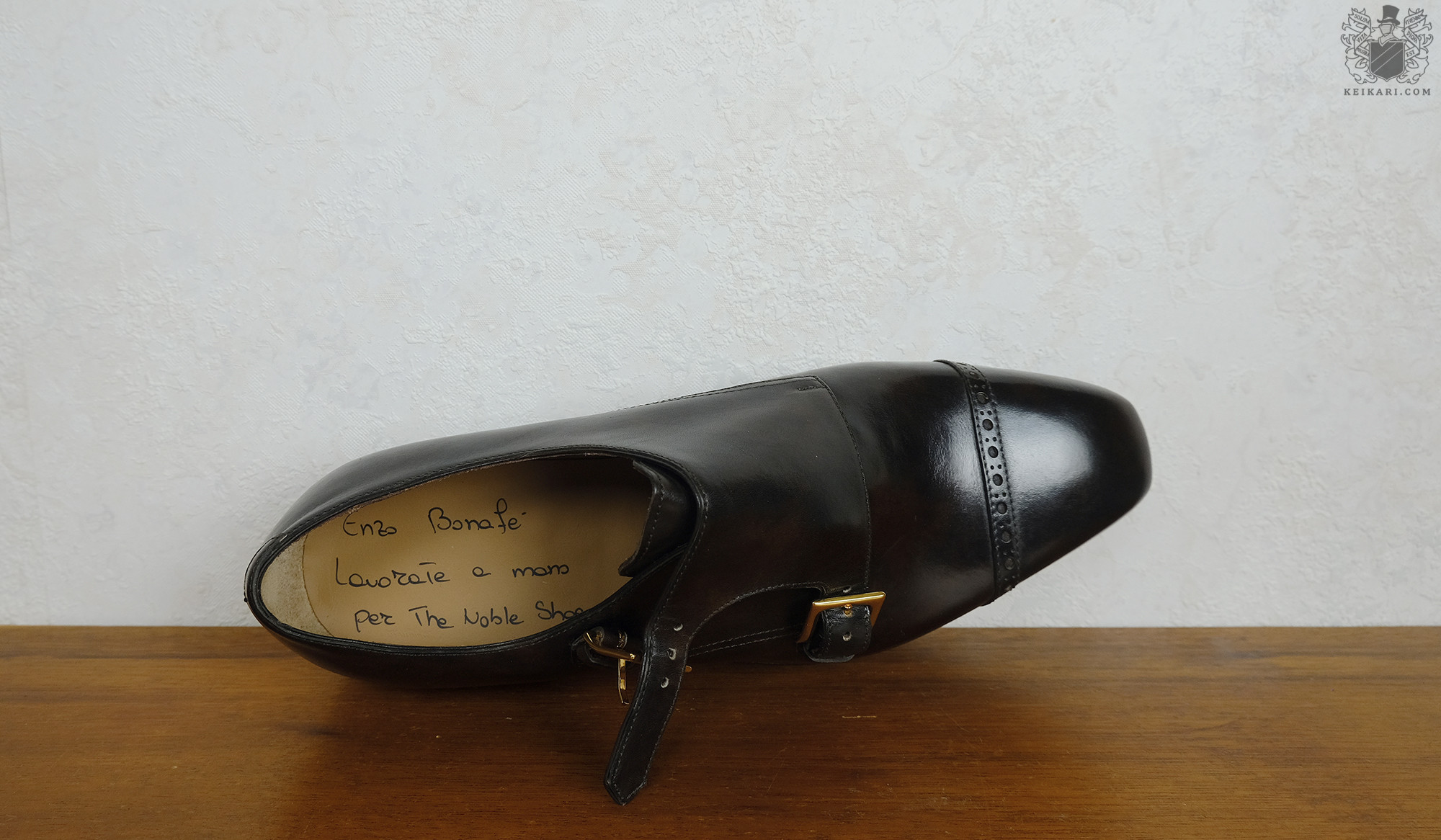
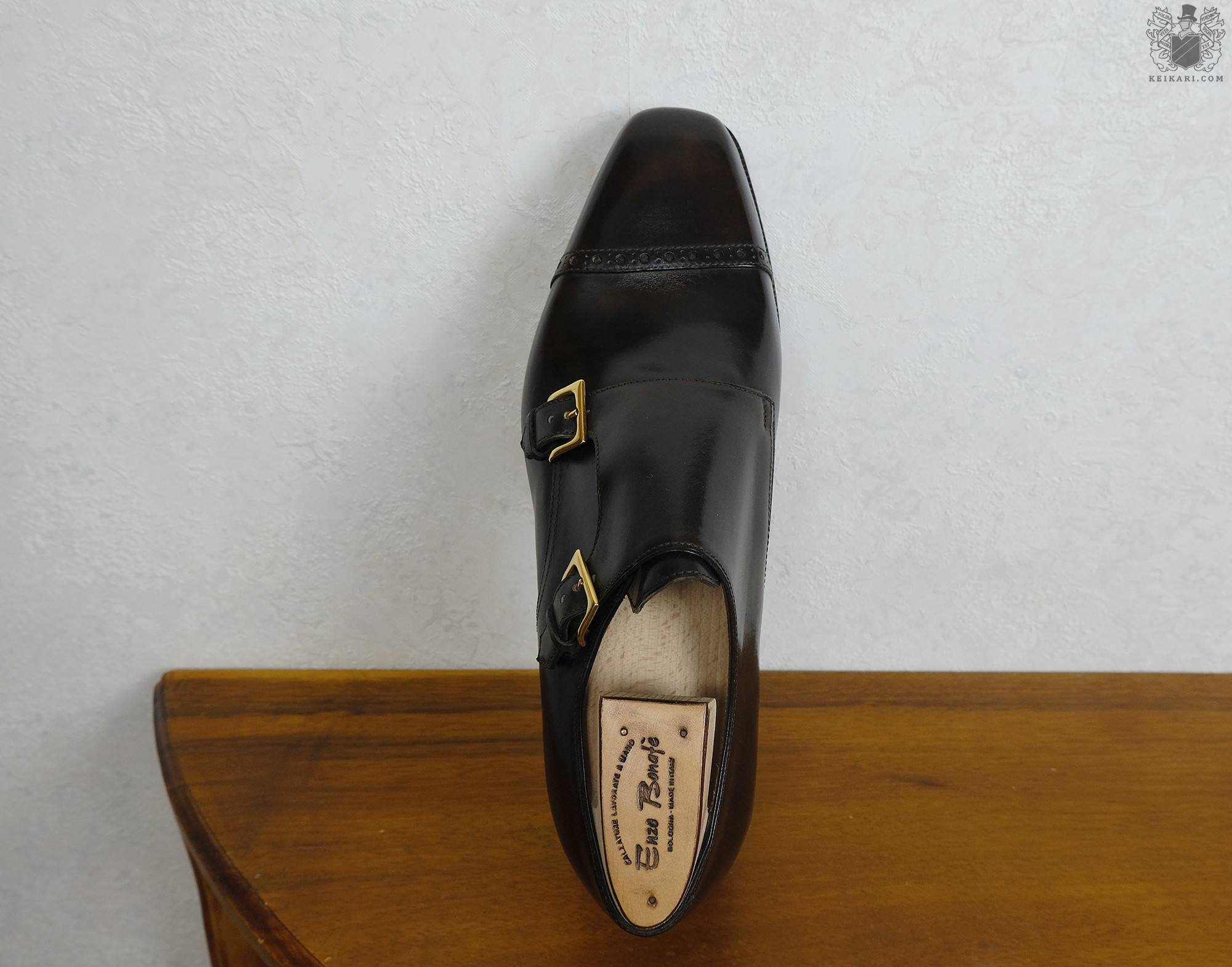 Then there is the depth and shades of the lovely, soft, smooth leather upper. They are among the best I’ve seen. My favourite detail, however, is the buckle colour. It is not a boring silver, not a middling shiny brass, but a deep and dark yellow. Almost like gold. It’s the best damn buckle shade so far. The shoe trees fit like a last (what else?), have a smooth surface, no garish lacquer treatments, and come topped with a handle which helps more than a standard ring. A detailed touch is the leather top on the handle, burned with the maker’s name. The ankle has a strong leather support which runs from the heelcup to the middle part.
Then there is the depth and shades of the lovely, soft, smooth leather upper. They are among the best I’ve seen. My favourite detail, however, is the buckle colour. It is not a boring silver, not a middling shiny brass, but a deep and dark yellow. Almost like gold. It’s the best damn buckle shade so far. The shoe trees fit like a last (what else?), have a smooth surface, no garish lacquer treatments, and come topped with a handle which helps more than a standard ring. A detailed touch is the leather top on the handle, burned with the maker’s name. The ankle has a strong leather support which runs from the heelcup to the middle part.
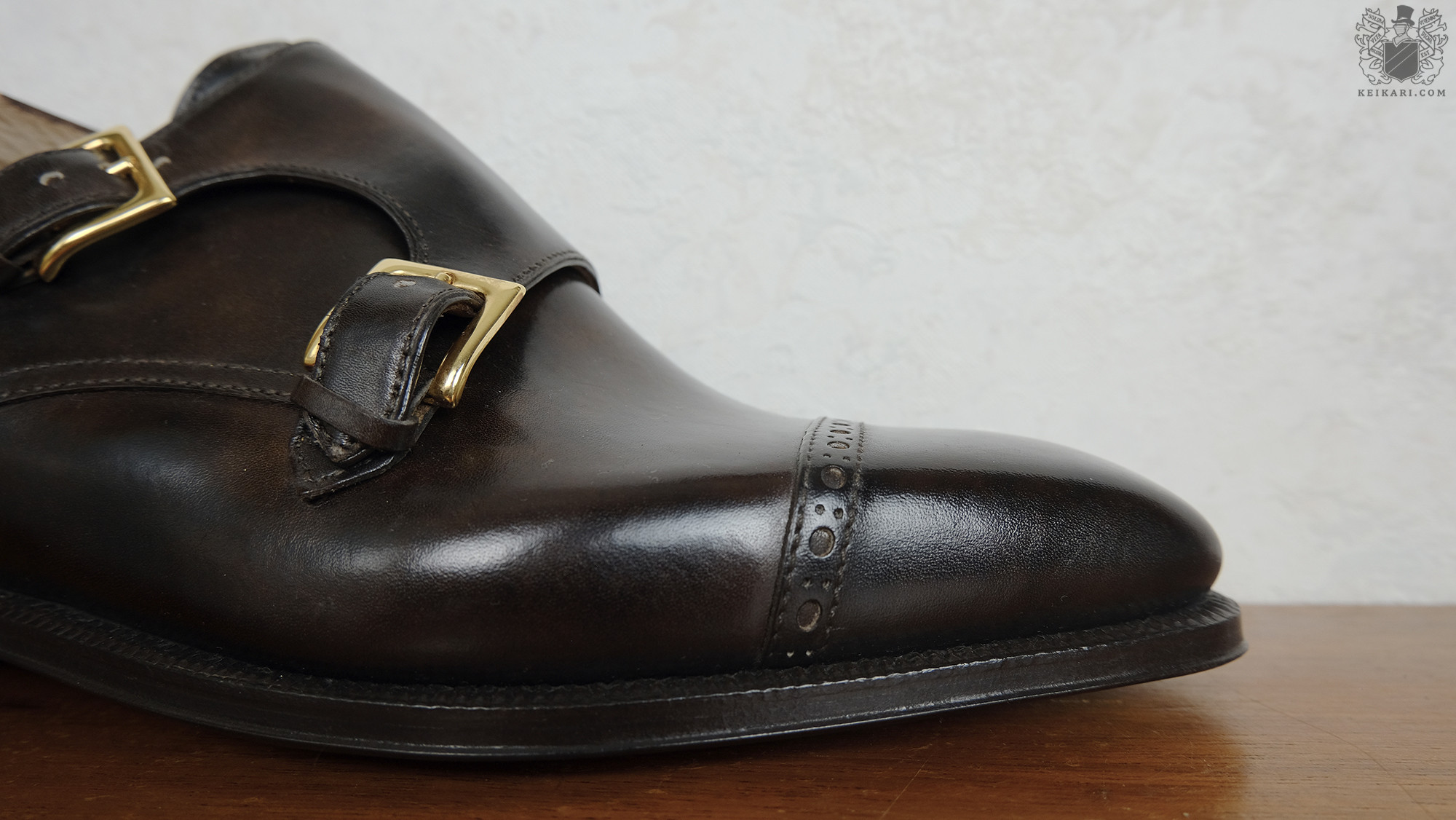
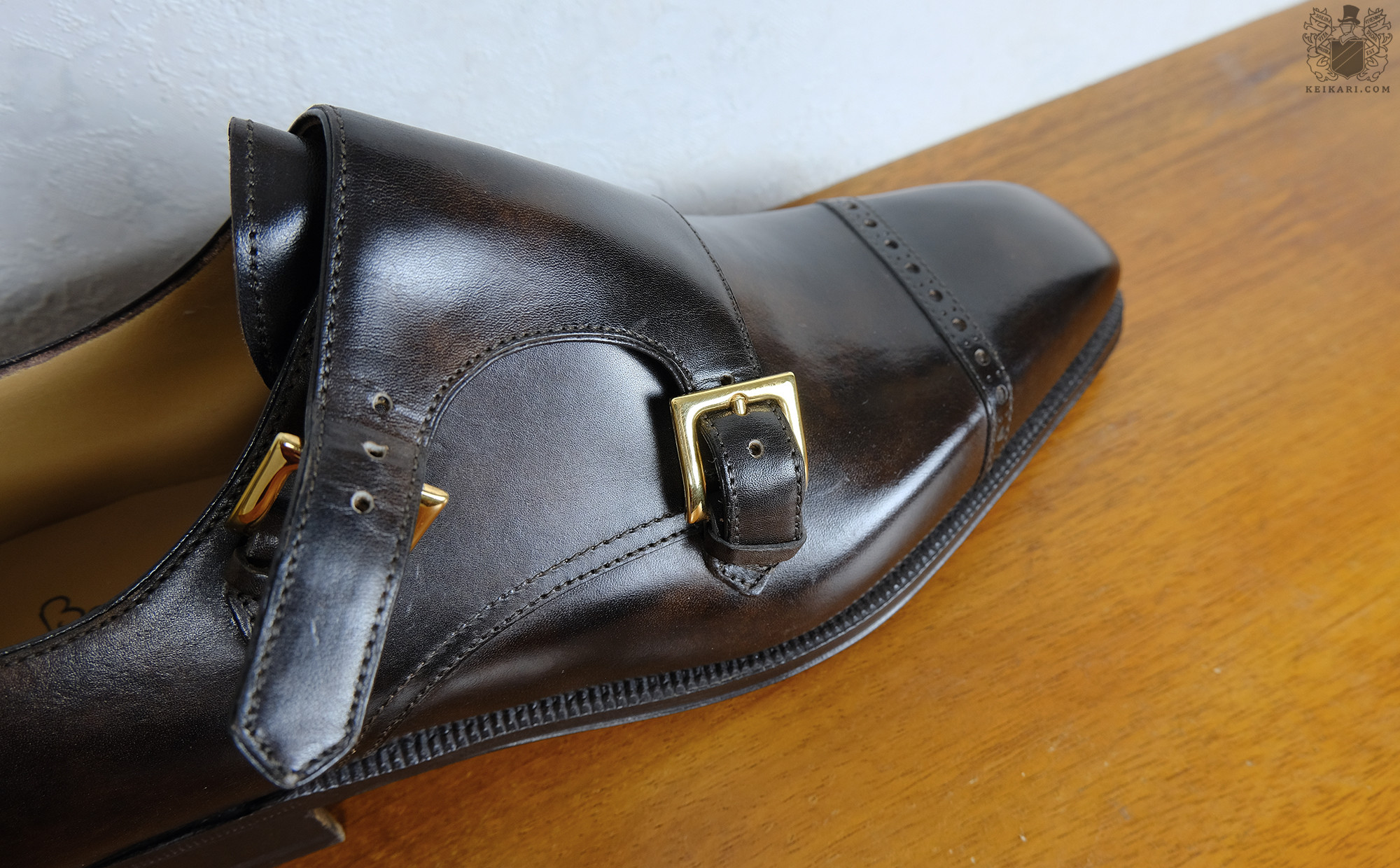 The stitching is dense and clean, the finishing clean as well. The one thing I’d change is the mid portion of the outer welt: cutting it closer or having it disappear under the waist would make the pair more slender. Graceful is another word I could throw about. The lining leather is smooth and soft and comes in a regular, quickly forgotten shade of tan. It seems to be what every factory uses. The oak bark tanned leather soles have that clean, boring, standard look which most fine shoemakers also go for. There is just a bit of rounded shape on the waist portion.
The stitching is dense and clean, the finishing clean as well. The one thing I’d change is the mid portion of the outer welt: cutting it closer or having it disappear under the waist would make the pair more slender. Graceful is another word I could throw about. The lining leather is smooth and soft and comes in a regular, quickly forgotten shade of tan. It seems to be what every factory uses. The oak bark tanned leather soles have that clean, boring, standard look which most fine shoemakers also go for. There is just a bit of rounded shape on the waist portion.
On the whole, I feel Enzo Bonafè makes excellent footwear. The look, feel, comfort, and fit is on a high level. There’s enough hand work to call this an artisanal shoe, if not “hand made”, whatever the word means today on the market. It offers more price-quality than Edward Green and John Lobb, which have kept on raising their prices all through the 2000s. Shoe trees are included with EB’s standard pricing. So far I’ve tried most of the better Italian shoe factories, and so far Bonafè feels like a favourite. It’s a shame we’ve only two feet.
Category Footwear, Quality makers
An Interview with Thành Đức Huỳnh
1December 2, 2024 by Ville Raivio
Category Interviews, Men of style
Copyright © 2013 Ville Raivio


